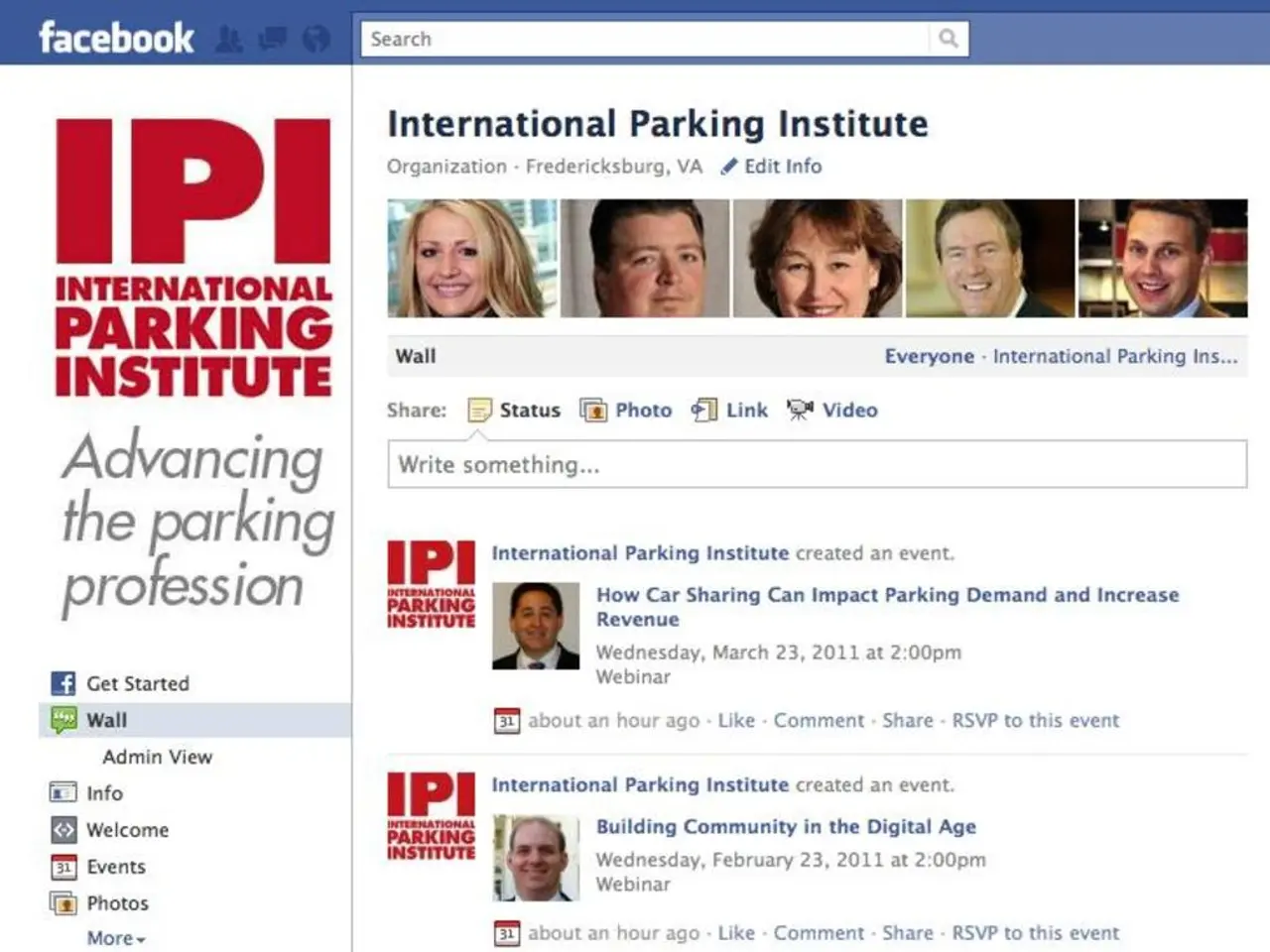Expanding robotaxi market in China predicted to hit $44.5 billion by 2035, according to TrendForce forecasts.
In a significant leap forward for autonomous transportation, China's robotaxi market is poised for a 900-fold growth over the next decade, driven by several key factors. WeRide, a leading player in the sector, has recently begun fully unmanned robotaxis pilot operations in the UAE.
The rapid expansion of autonomous vehicle fleets by Chinese companies like Baidu, Pony.ai, and WeRide is increasing market availability and user adoption. This growth is further bolstered by strong support from local electric vehicle (EV) manufacturers and the supply chain, which significantly reduces hardware and autonomous system costs.
China's shift from pilot tests to broad real-world deployment is another major factor. Consumer ride numbers are expected to surpass 11 million by May 2025, validating strong market demand. The government's ambition to deploy 1 million robotaxis by 2030 positions China as the world’s largest robotaxi fleet, with policies that support scaling up services.
Leading Chinese tech companies, such as Baidu and Pony.ai, have claimed dominance in the space, focusing on efficiency and technology leadership. This competitive advantage is helping push China's rapid growth, with the compound annual growth rate (CAGR) of China's robotaxi market between 2025 and 2035 projected to be 96 percent, reaching approximately USD 44.5 billion by 2035.
In comparison, the US robotaxi market is also experiencing growth but at a slower pace, with a CAGR of about 61 percent through 2035, reaching an estimated USD 36.5 billion by 2035. Key US market leaders include Tesla, Waymo, and Cruise, with Tesla actively testing robotaxi technology and expanding pilot programs in cities like Texas and the San Francisco Bay Area.
However, the US market faces challenges including regulatory complexity, longer lead times for deployment, and consumer trust issues. On the other hand, it benefits from strong technological innovation and established companies.
A comparison table highlights the differences between China's and the US robotaxi market growth drivers and prospects. The table shows that China's market size by 2035 is projected to be significantly larger than that of the US, with a higher CAGR. Key companies, fleet deployment goals, support factors, major challenges, and market stages are also compared.
As the race for autonomous transportation continues, China's robotaxi market is set to lead the way, driven by strong government backing, extensive domestic EV support, rapid fleet expansion, and aggressive competition among key players. The US market, while growing robustly, faces different challenges and dynamics.
- The Chinese automotive industry, bolstered by companies like Baidu and Pony.ai, is seeing an increase in autonomous driving technology, with a focus on efficiency and technology leadership.
- Electric vehicle (EV) manufacturers in China are providing strong support to the robotaxi market, helping to reduce hardware and autonomous system costs.
- WeRide, a leading player in the robotaxi sector, is currently operating fully unmanned robotaxis in the UAE, contributing to China's growing market.
- China aims to deploy 1 million robotaxis by 2030 and may become the world’s largest robotaxi fleet due to supportive government policies.
- In contrast, the US robotaxi market, led by companies like Tesla, Waymo, and Cruise, is growing at a slower pace than China due to regulatory complexities, longer lead times, and consumer trust issues.
- Despite these challenges, the US market benefits from strong technological innovation and established companies in the automotive and technology sectors.
- A comparison table reveals that China's robotaxi market size by 2035 is projected to be significantly larger than that of the US, with a higher compound annual growth rate (CAGR). Key differences between the two markets include market size, growth rate, support factors, major challenges, and market stages.




